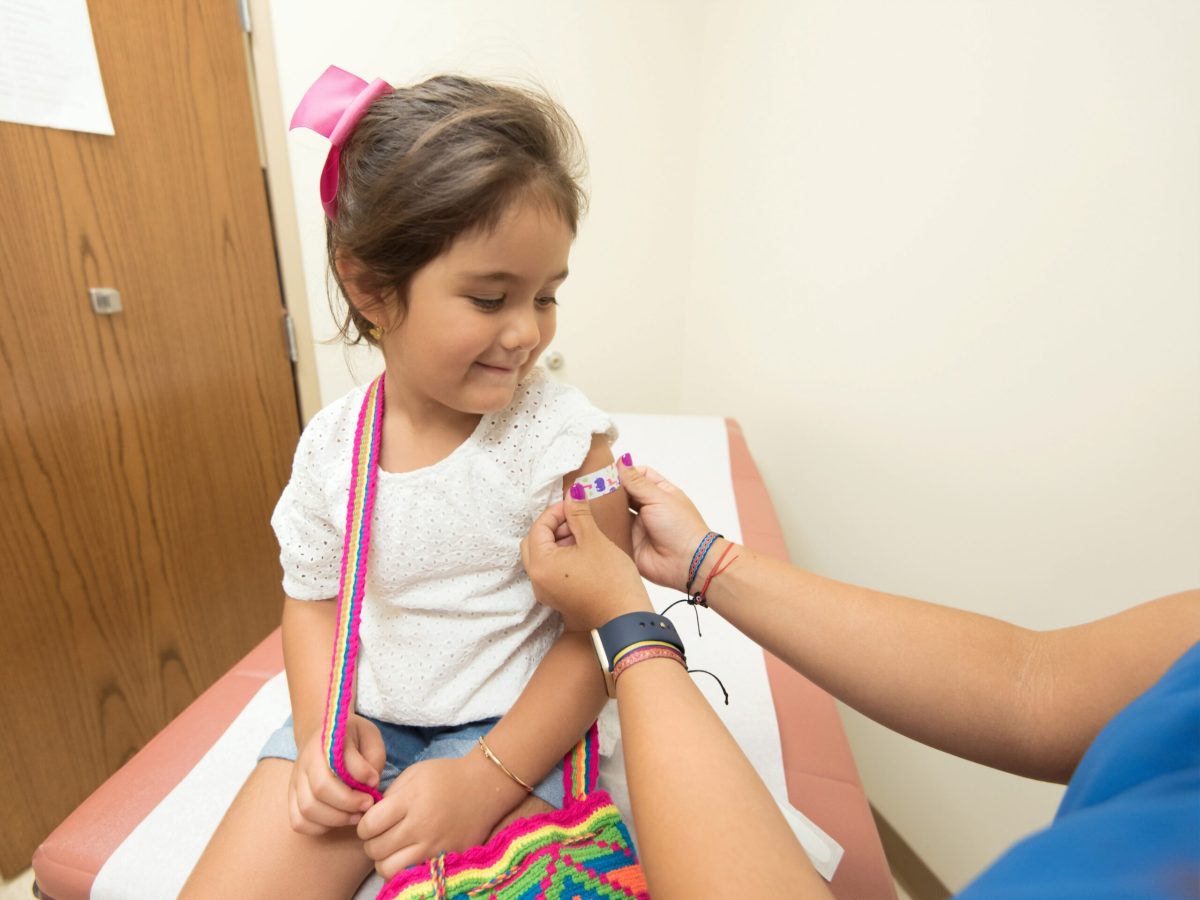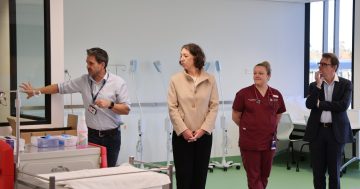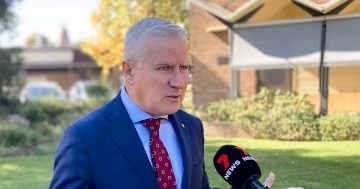
The National Rural Health Alliance is calling for geographic health equity between the 30 per cent of the Australian population living in rural, regional and remote areas and those in cities. Photo: File.
Government data has again shown the growing health disparities between those in major cities and rural, regional and remote areas – the latter of whom were recently found to be missing out on $6.55 billion in health care each year.
The Australian Institute of Health and Welfare (AIHW) released an update detailing how people in remote areas were hospitalised at almost twice the rate of those in major cities, and had the least access to general practitioners.
Derived from the 2022 Australian Bureau of Statistics’ National Health Survey, the AIHW analysis found that 17.5 per cent of the population in outer-regional and remote areas smoke compared with 9.3 per cent in major cities, while 32.7 per cent of those in regional and remote areas exceed lifetime alcohol risk guidelines.
It also showed the proportion of the adult population who are overweight or obese was high at 69.6 per cent of people in outer-regional and remote areas.
Referring to the Royal Flying Doctor Services’ report on geographic health inequity, National Rural Health Alliance (Alliance) chairperson Nicole O’Reilly said the gap was due to a chronic lack of healthcare funding by the Federal Government to rural Australia.
“The annual health underspend in rural Australian areas is a whopping $6.55 billion, which equates to about $850 less spent on health per person per year,” Ms O’Reilly said.
“It shows that our rural communities are treated as second-class citizens when it comes to health care.”
Ms O’Reilly said these ”appalling” disparities could be rectified with targeted investment and innovative approaches.
“Your postcode should not determine your access to health care,” she said.
“We need high-quality, culturally safe primary health care in rural areas, especially for prevention and management of health and behavioural risk factors and chronic conditions. This would significantly reduce the reliance on the acute hospital sector and rectify enduring disparities in health outcomes.
“The government, therefore, needs to invest in place-based models of care which meet local needs and recognise that funding models that work in the city do not work where markets are thin or failing.”
One of the alliance’s proposals is a model of care and funding that could be a solution for many rural communities: Primary Care Rural Integrated Multidisciplinary Health Services (PRIM-HS).
Alliance chief executive Susi Tegen said this model would address the complexities in rural and remote community health service delivery and a National Rural Health Strategy for long-term results.
“Most of these diseases are preventable with better access to primary health care,” Ms Tegen said.
“The government needs to step up in its funding for rural health in a sustainable and flexible manner, without having ad hoc projects on the ground that only become Band-Aids.”
The alliance said this national strategy would be a transparent agreement bringing rural healthcare delivery under one umbrella to oversee the implementation and funding of a sustainable plan that would improve health outcomes for rural, regional and remote Australia.











